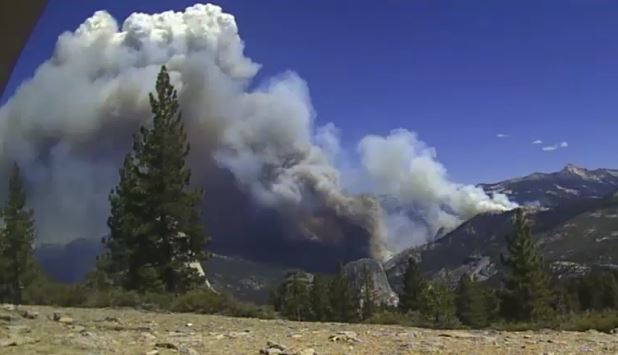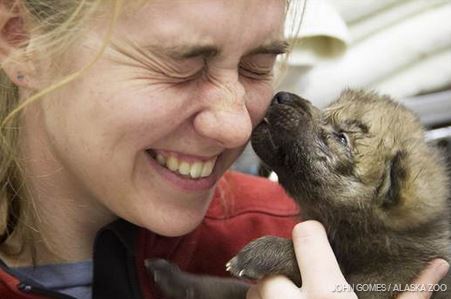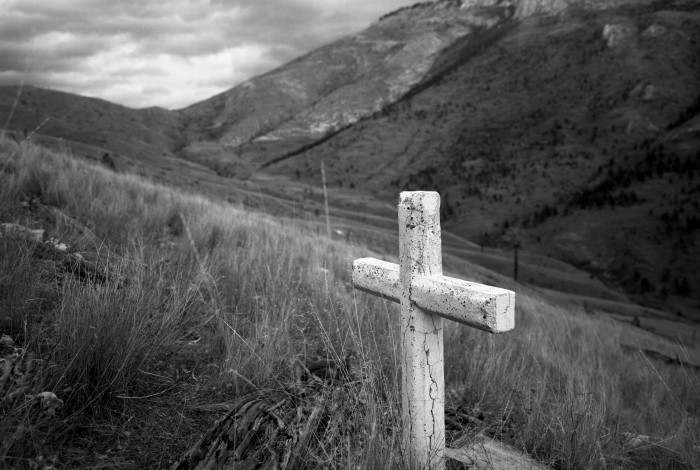Time-lapse video of Meadow Fire

The National Park Service has posted a very cool time-lapse video of the early hours of the expansion of the Meadow Fire when it grew from 19 acres to over 700. More information about the Meadow Fire.
“Send the elevator back down”
Mentoring young firefighters who have the potential to become future leaders is one of the more important responsibilities of seasoned wildland firefighters. Of course the same principle applies in other fields as well. The award winning actor Kevin Spacey has been doing this for years through his Kevin Spacey Foundation and by leading workshops to cultivate emerging artists in the performing arts.
In an interview with NBCNews he was asked what motivated him to get involved in mentoring young artists. He said:
Jack Lemmon – who was my mentor – passed along his philosophy of “sending the elevator back down” and so I am continuing to do exactly that through the work of my Foundation.
Happy Camp Fire Complex achieves Megafire status
The huge fire on the Klamath National Forest continues to work its way across the landscape of northwest California. The Incident Management Team reports it has now burned 105,194 acres, crossing what we call the unofficial threshold of 100,000 acres to obtain the Megafire label. The Team is calling it 30 percent contained.
No residences had been damaged or destroyed on the fire until Monday, when two burned in the Scott River Road area. One of those belonged to 75-year old Nancy Hood who has been continuously staffing a fire lookout for 56 years on the Klamath National Forest. A fund has been established to help Ms. Wood in her time of need. We posted more information about the effort earlier today.
Smokejumpers warn about link between climate change and wildfires
A group of seven Montana smokejumpers have written an opinion piece that was published in the Missoulian.
Below are some excerpts:
…Scientists say that climate change has implications for wildfire danger. We believe them. Since the 1980s, Montana’s wildfire season increased by two months while average global temperatures have steadily trended upward. Climate researcher Steve Running has summarized the data this way: “Since 1986, longer, warmer summers have resulted in a fourfold increase of major wildfires and a sixfold increase in the area of forest burned, compared to the period from 1970 to 1986.” – Science, Vol. 13:927 (2006).
Drought caused by warming temperatures exacerbated the recent pine beetle infestation, which is 10 times larger than any previously recorded. Millions of dead trees provide more fuel for fires and create more risk for those on the front lines.
[…]
We know that many Montanans share our concerns about rising fire danger. While aggressive intervention in wildfires will always be needed, we also need prevention strategies – and that means dealing with climate change. Preventing climate change isn’t possible, but limiting climate change is.
Montana has abundant clean energy resources such as wind and solar power that can provide significant statewide economic benefits. We need prevention strategies such as the U.S. Environmental Protection Agency’s proposal to decrease carbon pollution from the largest point sources – coal-fired power plants. We can create good-paying jobs in clean energy. We can protect our climate and our wildlands, and we can save lives, property and jobs in doing so.
Thanks and a hat tip go out to Mike.




